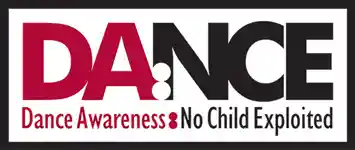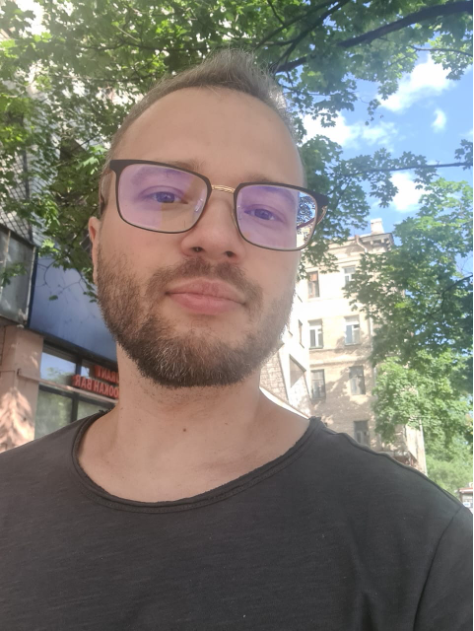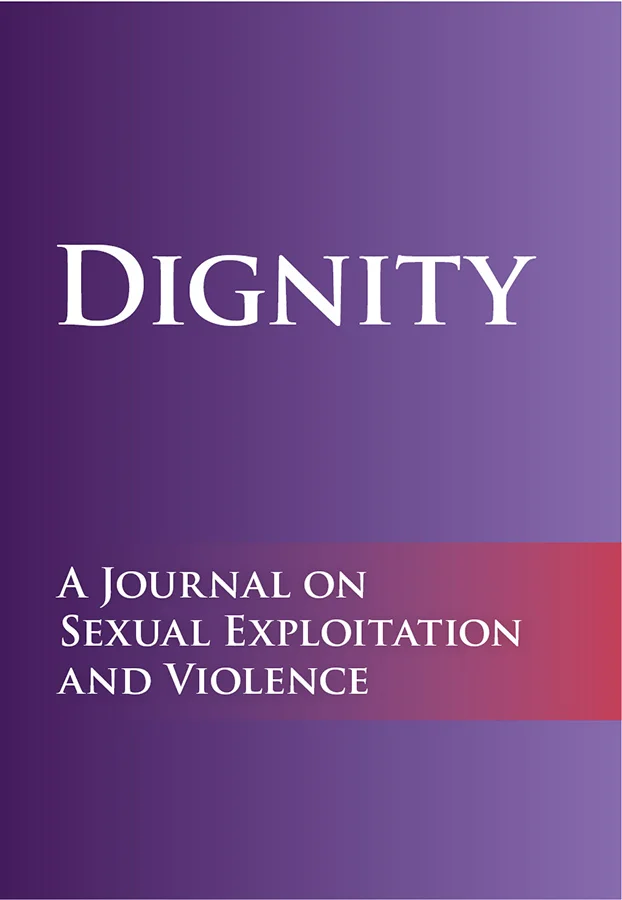 Guest Article: Artem Maksimenko
Guest Article: Artem Maksimenko
Childhood is a time of innocence, exploration, and discovery, and this should extend to all areas of a child’s life, including dance. However, in recent years, there has been an increasing trend toward the hypersexualization of children in dance. As parents, educators, or concerned adults, it’s essential to understand how to identify and address this issue.
Identifying Hypersexualization
Hypersexualization occurs when children are encouraged or coerced into behaviors, costumes, and dance moves that are more appropriate for adults. Here are some signs of hypersexualization in dance:
- Inappropriate Costumes: Costumes are an integral part of dance, but they should be age appropriate. If children are dressed in outfits that are revealing, sexualized, or mimicking adult lingerie, it is a red flag.
- Adult Choreography: Dance routines should be suitable for the age and maturity of the dancers. If you notice suggestive moves, mature themes, or dances that mimic adult sexuality, it indicates hypersexualization.
- Exploitative Competition: A competitive spirit can be healthy, but when it crosses into exploiting children for trophies or accolades, it’s a cause for concern.
- Body Shaming and Unrealistic Expectations: Any emphasis on a child’s physical appearance over their dancing ability, or encouragement of unhealthy dieting habits to achieve a certain look, can be a sign of a problem.

Beyond the Dance Steps: Tackling the Issue of Adult-Themed Music in Children’s Dance
The influence of music in the world of dance is undeniable. It provides the rhythm that dictates movement and imbues performances with emotional resonance. However, when the music chosen for children’s dance classes or performances carries adult themes and explicit content, it contributes to the troubling shift into hypersexualization.
Music with explicit or suggestive lyrics subtly indoctrinates young, impressionable minds with notions of adult sexuality. Children may not fully understand the layered meanings or innuendos, yet the exposure normalizes such themes, lowering the bar of what they perceive as acceptable in their own behavior and expression. This, in turn, could inadvertently open the door to adult behaviors, themes, and even the potential for exploitation.
Selecting age-appropriate music for dance instruction and performances is as crucial as ensuring suitable costumes and choreography. Notably, the music should not only be devoid of explicit content but also carry positive and empowering messages suitable for children. Such music can foster a healthy understanding of relationships and self-image, bolster self-confidence, and support a child’s holistic development.
However, choosing the right tune is just the tip of the iceberg. Education plays a critical role in tackling this issue. Parents and educators must actively listen to the music that accompanies dance routines and discuss the song lyrics with children. These conversations can help children understand the distinction between suitable and unsuitable themes, aiding them in developing critical thinking skills. It also provides a platform for children to ask questions, express their feelings, and voice any discomfort they might have.
Moreover, dance studios should be transparent about their music selection process and responsive to any concerns raised by parents or guardians. Advocacy is an important aspect of protecting our children, and open communication with dance teachers, studio owners, and competition organizers about the choice of music is a step in the right direction.
Addressing Hypersexualization
So, how can we protect our children from hypersexualization in dance? Here are some strategies:
- Educate Yourself: Understanding the signs of hypersexualization can help you identify when it’s happening. Stay informed about the latest research and recommendations on children’s dance education.
- Promote Open Dialogue: Talk with your child about their experiences in dance class. Encourage them to express their feelings and assure them that they can always come to you with their concerns.
- Choose the Right Dance Studio: When choosing a dance studio, look for one that promotes age-appropriate choreography, costumes, music and themes. The studio should prioritize a child’s love of dance, physical health, and emotional wellbeing over winning competitions.
Advocate for Your Child: If you see signs of hypersexualization, speak up. Talk to the teacher, the studio owner, or the competition organizers.

By staying informed, advocating for appropriate practices, and fostering open communication with our children, we can ensure that their dance experiences are healthy, empowering, and full of joy. Protecting our children from hypersexualization is a community effort, and by paying attention to all aspects, including the music that accompanies their dance experiences, we can protect their innocence, while ensuring their passion for dance continues in a safe and joyful environment.
——-
 Artem Maksimenko was born and raised in Severodonetsk, a small town in Eastern Ukraine. Despite having no prior connection to dancing, in 2009 he established a small tailoring studio for Latin American dance and tango attire, prompted by the advice of a friend who had joined a local dance school. At that time, his team was composed of only four people, primarily working for local dance schools. Artem and his team persisted and evolved, and with the advancement of the internet and e-commerce, by 2021 their team had expanded to over 50 people. They supplied dance clubs, stores, and theaters in most regions of Ukraine and Russia, and also manufactured children’s clothing. In 2020, he launched a website for overseas customers (https://gracecompanycrafts.com). However, the events of February 23rd changed everything. War devastated Severodonetsk, his studio, and his entire business. His team was now dispersed across the globe, and they no longer communicated with clients from Russia. In challenging times, Artem embarked on a new journey. He kept his company’s website operational for foreign customers. He assembled a fresh team of five in Dnipro, a city in Central Ukraine. Despite complications with international transport companies, they managed to continue successfully delivering all orders through Poland. Despite all the hardships, they continue to create unique pieces for Latin American dance and tango enthusiasts worldwide.
Artem Maksimenko was born and raised in Severodonetsk, a small town in Eastern Ukraine. Despite having no prior connection to dancing, in 2009 he established a small tailoring studio for Latin American dance and tango attire, prompted by the advice of a friend who had joined a local dance school. At that time, his team was composed of only four people, primarily working for local dance schools. Artem and his team persisted and evolved, and with the advancement of the internet and e-commerce, by 2021 their team had expanded to over 50 people. They supplied dance clubs, stores, and theaters in most regions of Ukraine and Russia, and also manufactured children’s clothing. In 2020, he launched a website for overseas customers (https://gracecompanycrafts.com). However, the events of February 23rd changed everything. War devastated Severodonetsk, his studio, and his entire business. His team was now dispersed across the globe, and they no longer communicated with clients from Russia. In challenging times, Artem embarked on a new journey. He kept his company’s website operational for foreign customers. He assembled a fresh team of five in Dnipro, a city in Central Ukraine. Despite complications with international transport companies, they managed to continue successfully delivering all orders through Poland. Despite all the hardships, they continue to create unique pieces for Latin American dance and tango enthusiasts worldwide.



